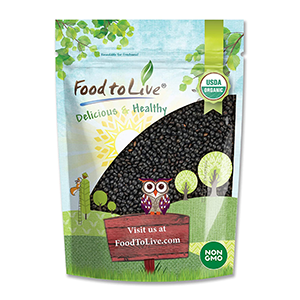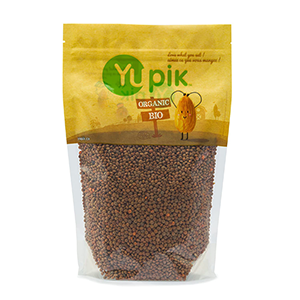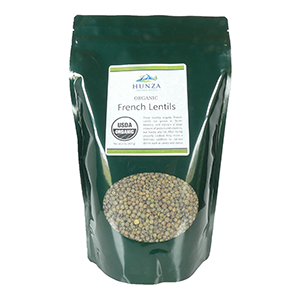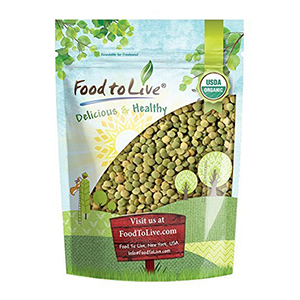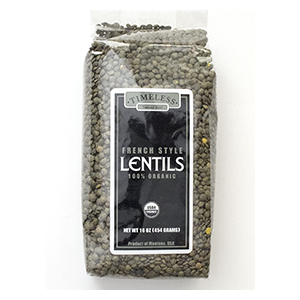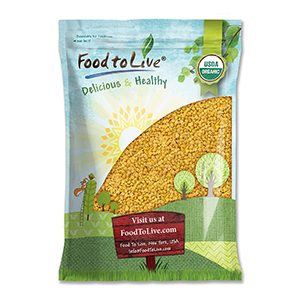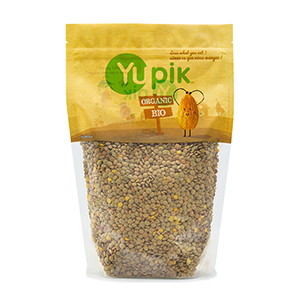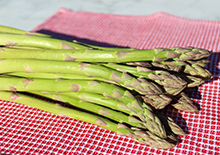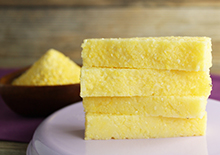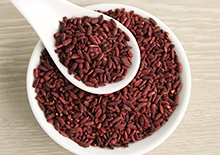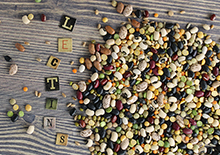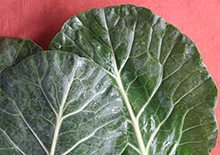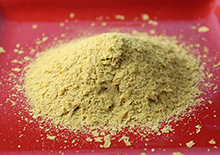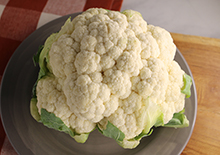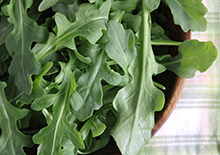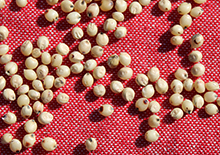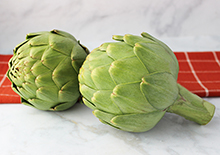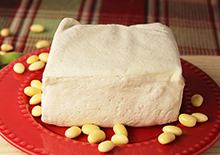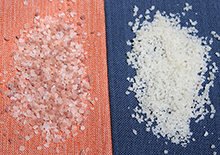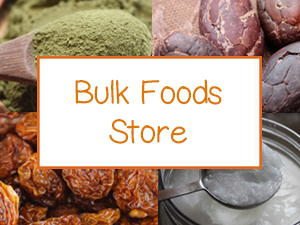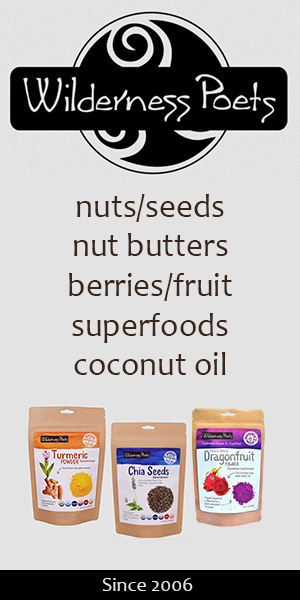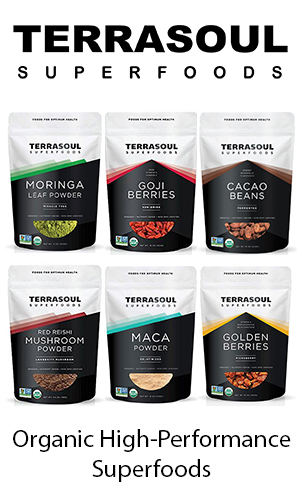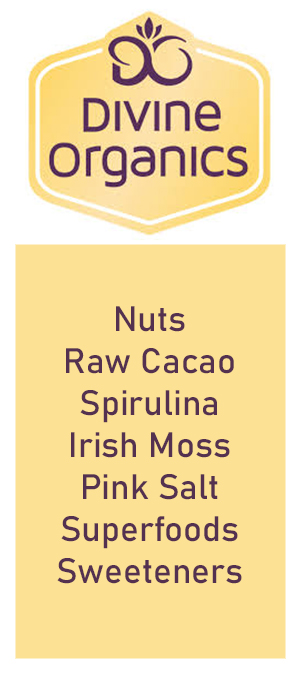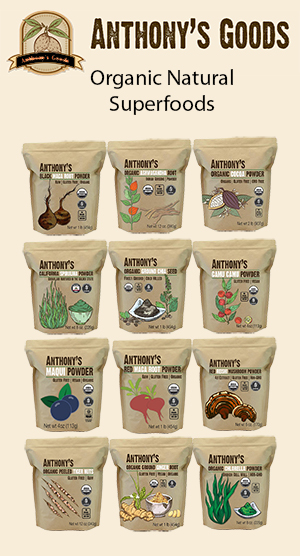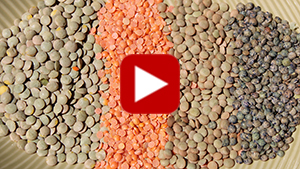- Home
- Plant-Based Cooking
- Benefits of Eating Lentils
Top 5 Benefits of Eating Lentils
1) Lentils are a Plant-Based Protein
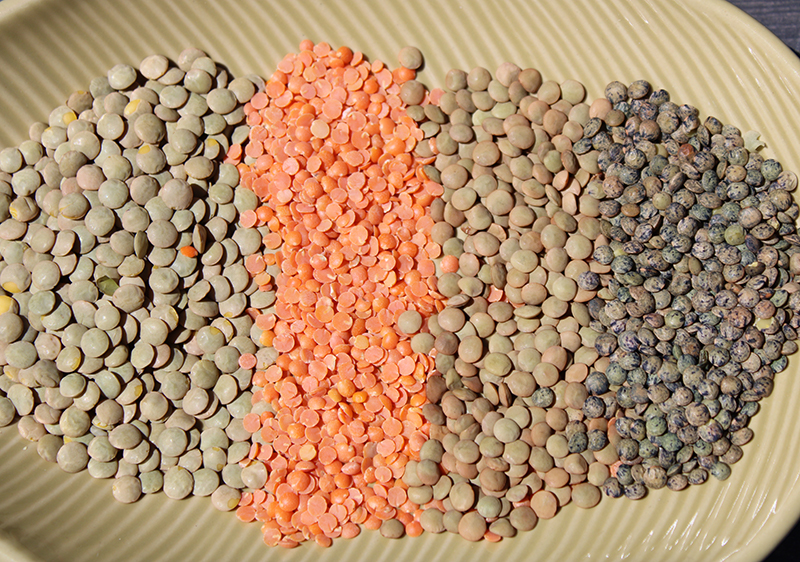
Lentils have been utilized as a food source by many diverse cultures ever since their domestication in the Fertile Crescent and Middle East region thousands of years ago.
Still today they are a staple part of the diet in a number of countries around the world such as India, Africa, Morocco and Turkey.
Valued for their high amount of PROTEIN content, the benefits of eating lentils are making a comeback in recent times as the trend for consuming plant-based protein sources continues to rise.
Table of Contents
Protein | Fast-Cooking | Starch and Fiber | Other Nutrients | Survival Food | Precautions | Shop
Lentils are a type of legume, also called pulses in their dried state. Brown and green lentils, which are similar in color despite their name, are generally the most common worldwide.
Standard brown/green lentils, in contrast to other legumes, are considered the second highest in protein, next to soybean. Some varieties like the small green-blue speckled French lentils or "Le Puy" lentils are reported to contain an even higher protein content.
On average one cup of cooked lentils contains approximately 17.9g protein or 36% the Daily Value (based on a 2,000-calorie adult diet).
Protein Comparison - One Cup Cooked
French Puy Lentils - 36g, 72% DV
Soybean - 28.6g, 57%DV
Lentils - 17.9g, 36% DV
Garbanzo - 14.5g, 29% DV
Black Beans - 15.2g, 30% DV
Pinto Beans - 15.4g, 31% DV
Additionally, one of the benefits of eating lentils compared to other types of beans, like soy, pinto, black bean, adzuki and garbanzo, is that they are frequently easier to digest for most people.
Lentils are rich in the storage proteins known as globulins and albumins, supplying good amounts of most non-essential and essential amino acids aside from methionine and cysteine. (Source) They are well-balanced as complete proteins when consumed with cereal grains like rice, a popular combination favorite.
In some research, the benefits of eating lentils and kale together was identified to provide a complementary nutrient-rich whole food potentially useful for combating malnutrition.
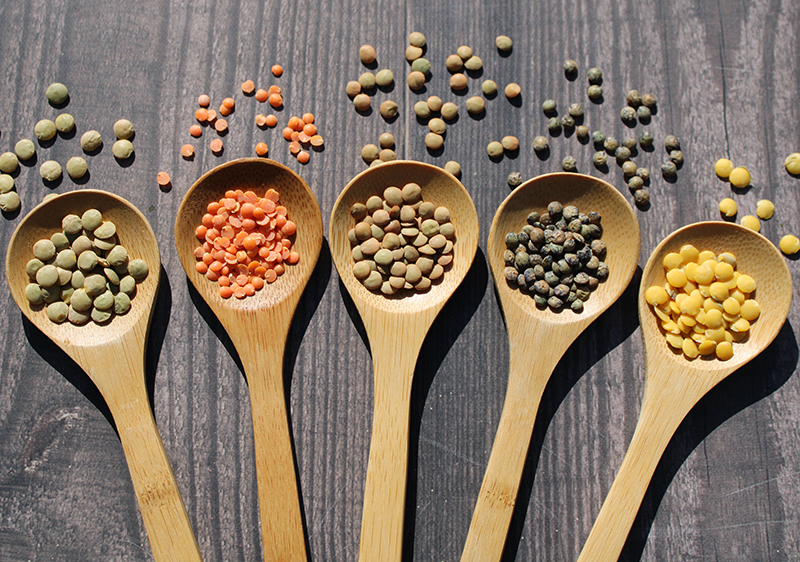
2) A Fast-Cooking Legume Variety
One of the great benefits of eating lentils is that they are faster to cook compared to other bean varieties.
The lentil, being a lens-shaped flat seed, soaks up water a lot quicker and usually completely cooks within an hour. This of course depends on the type of lentil you are using.
There are many different cultivars from the Lens culinaris species but most are divided into two classes: whole lentils and split lentils.
- Whole Lentils - These are whole legumes with their seed coats or skin that retain their shape when cooked. They require longer cooking times.
- Split Lentils - These are lentils that have been split with the outer skin removed. They do not hold their shape but have a smooth gravy-like consistency. Because they are smaller and without seed coats, they cook in about half the time as whole lentils.
Split lentils, like red lentils, are utilized in Indian cuisine for making dals like masoor dal. Sometimes mung bean dal is generically referred to as "yellow lentils" but is actually not a lentil species. While green or yellow split peas might look a little bit like split lentils, they come from the pea species Pisum sativum.
For both whole and split lentils, we always encourage soaking for several hours and straining before placing on a stovetop or in a crockpot. This not only helps to reduce cooking time even further but also helps to remove any potential anti-nutrients that may inhibit complete uptake or cause digestive issues.
Lentils contain saponins, especially prevalent when split. This is the sudsy foam that appears on the surface of the cooking liquid. Presoaking and straining can help to reduce this less attractive feature.
Another big tip when preparing lentils is to add the salt AFTER they are soft and tender. This will avoid a crunchier harder to digest texture.
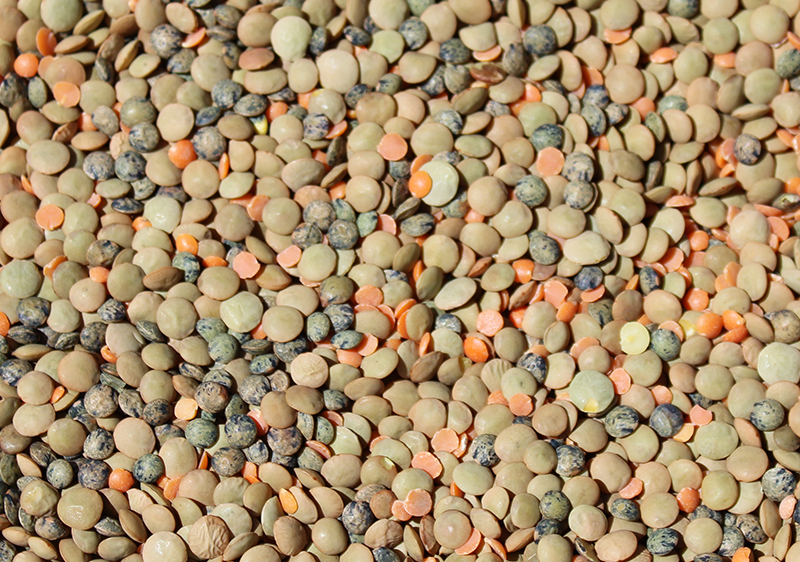
3) Starch and Fiber Content
Out of all the legume varieties, lentils rank in the top two for STARCH and other INSOLUBLE FIBER content, serving as a source of prebiotic carbohydrates. (Source)
The high levels of resistant starch found in lentils is a quality that accentuates after they have cooled giving them a noticeable gelatinized appearance. Split lentils are more concentrated in starch which accounts for their use in creating thick smooth textures when making dal.
In some research, both whole and dehulled lentils have been suggested as a diet-supporting food for diabetics.
Adding cooked whole lentils to the diet can help to encourage bowel regularity as well as support healthy gut microbiota. This is obviously due to their higher fiber content but also lentils have been shown to increase butyric acid production, a fatty acid useful for balancing gastrointestinal issues.
Together with other compounds, like polyphenols (*), lentils are considered a health-promoting cardio-protective addition to the diet, especially when used occasionally as a meat alternative.
4) Benefits of Eating Lentils, Folate and Other Nutrients
Lentils are sources of many vitamins and minerals. They are especially known for their high amount of FOLATE as well as good amounts of vitamin B6, thiamin and niacin. According to reported nutrition data, one cup of cooked lentils can contain a whopping 90% of the Daily Value for folate or 358 micrograms.
The top minerals in lentils from highest to lowest are manganese, iron, phosphorus, copper, potassium, magnesium and zinc.
Again, we encourage presoaking and rinsing before cooking to reduce digestive inhibitors. Lentils are one of the legume varieties that are very easy to sprout. This sometimes happens during the soaking process which will help with nutrient uptake after cooking.
Lentils are an excellent food to combine with many herbs and spices that promote healthy digestion.
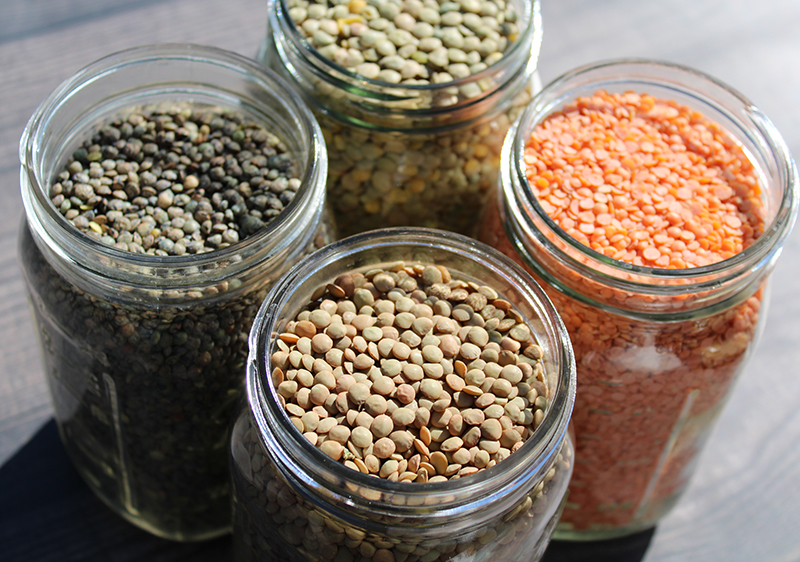
5) Affordable Versatile Survival Food
Another one of the benefits to eating lentils is that they are a very affordable plant-based protein option.
Bulk dry lentils, as well as split pea varieties, are good ones to have in your emergency food supply. They store for long periods and being a quick-cooking legume don't require much energy to prepare.
Moreover, lentils' versatility in recipes is by far one of the great reasons to use them more often. Their delicious nutty earthy subtly sweet flavor and thick texture goes very well in soups and stews.
They are also widely utilized when making curries, veggie burgers, vegan meat loaf and even sometimes used for flatbreads or when making tempeh.
Precautions:
Avoid lentils if you have legume allergies. It is best to consult your nutritionist or healthcare advisor before eating lentils on a regular basis, especially as a main protein source if you are pregnant, nursing, taking prescribed medications or if you have a serious health condition.
Shop Related Products (About Affiliates & Amazon Associate Paid Links)
Affiliate Disclaimer: This section contains affiliate product links. If you make a purchase through our recommended links, we receive a small commission at no additional cost to you. Thanks for the support.
Our YouTube Video


